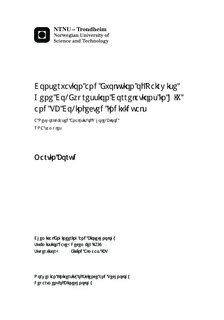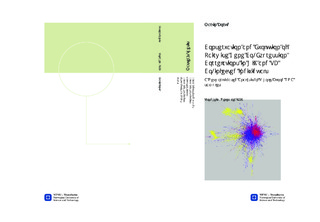| dc.description.abstract | Network analysis of gene co-expression data has been shown to be a strong tool to elucidate biological information from large datasets. In this analysis the goal has been to see if the method developed by Voigt, Nowick & Almaas (2015), based on pairwise gene co-expression correlation, can be used to extract biologically significant information about co-infection of HIV and tuberculosis. Their method is based on the idea that pairwise correlation between genes can be grouped in categories of conserved, divergent and specific correlation, based on their expression in different tissues/samples.
Data has been gathered from the study done by Kaforou et al. (2013), which includes whole-blood RNA samples gathered from HIV positive and HIV negative patients with either active or latent tuberculosis infection. These samples were grouped accordingly and analyzed, generating networks consisting of conserved, divergent and specific correlations. Networks consisted of correlations between either HIV negative or HIV positive samples co-infected with either active or latent TB, resulting in two different networks. These were compared to each other, and the network consisting of HIV positive samples was further analyzed to determine significant nclustering and gene hubs, in the hopes of extracting biological information useful in relation to HIV and TB co-infection.
Clusters of conserved correlation between gene pairs was found to be preserved between the two different networks, consisting of genes that were found to be involved in the general upkeep of cells. Hubs were found to be located in areas of high degree of specific and divergent pairwise gene co-expression correlations, implying involvement in immune response pathways that differ between the case of latent infection of TB and active TB infection in HIV positive patients.
Results from the study performed by Kaforou et al. (2013) were used to determine whether or not the findings from this analysis were consistent with previous findings. TB "Fingerprint" genes are genes whose expression correlated with active TB infection, and could help distinguish between active TB infection from other types of infection, were found to be present to some degree in the network, located in areas of mainly specific and divergent gene pair correlations. This is consistent with what is expected when performing pairwise gene co-expression correlation analysis.
These findings indicate that the method described by Voigt et al. (2015) shows great promise in extraction of biological information from gene co-expression data, but more analysis is required to determine more specific genetic implications of the data considered in this study. | |

